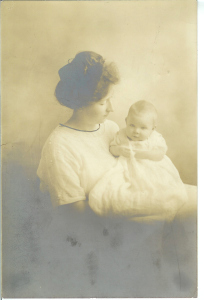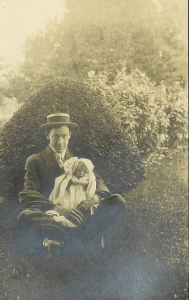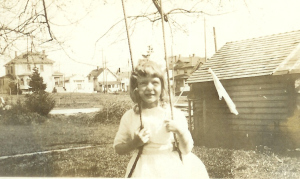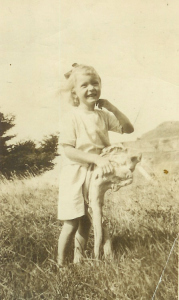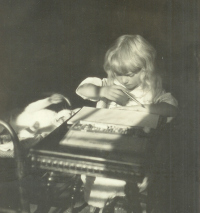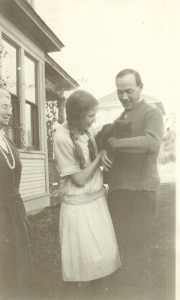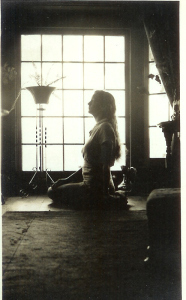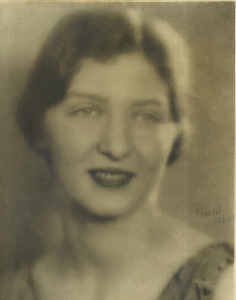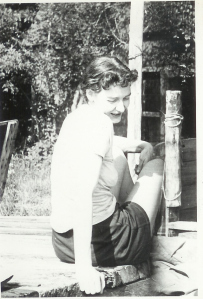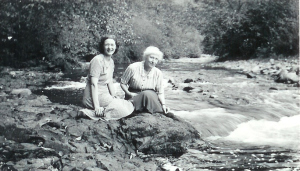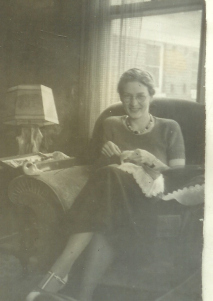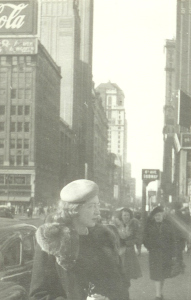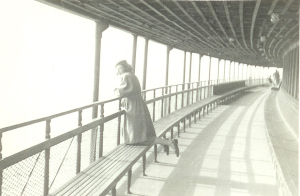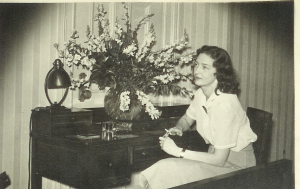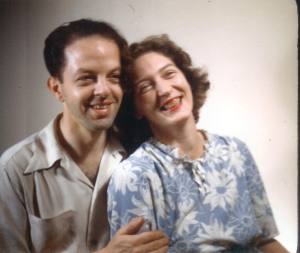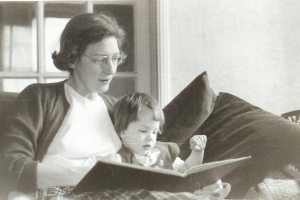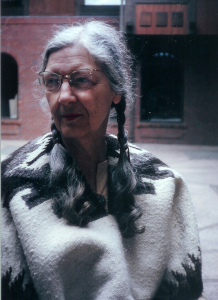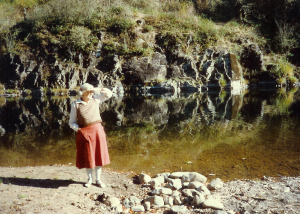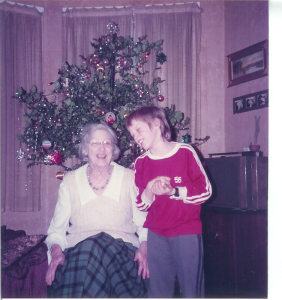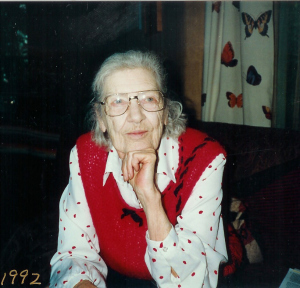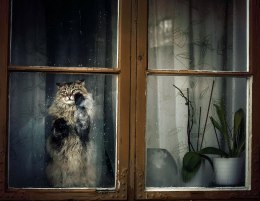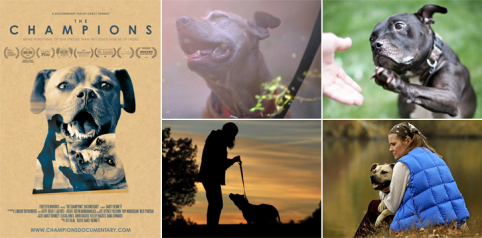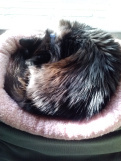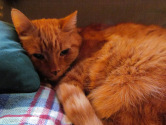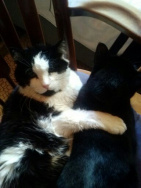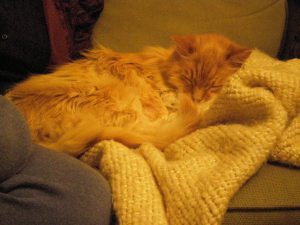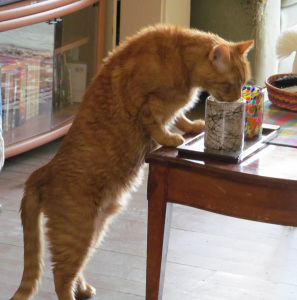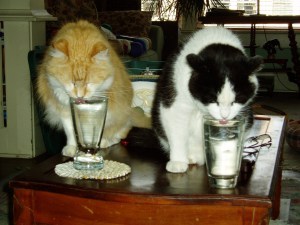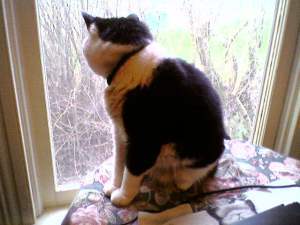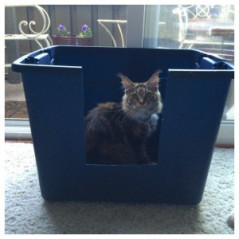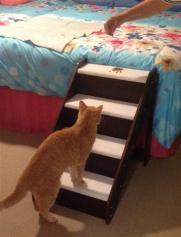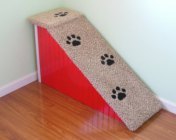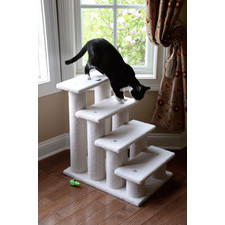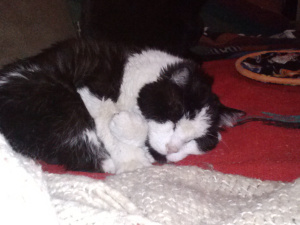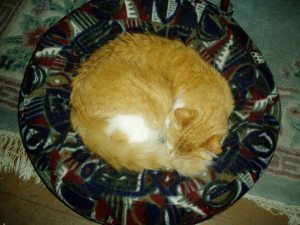Mollie Hunt's Blog, page 69
May 8, 2016
LIFE IN AMBER: Mother
I called her Mommy until I started high school. One day when I was 12, she took me aside and told me to use her name, Mary Elizabeth, which I did from then on. My heart barely remembers how it felt say Mommy.
I only saw my mother cry twice: once when I had thrown an especially horrific tantrum, and once decades later at the news of the death of a distant cousin. She was in her eighties by then.
“Everyone I knew is dead,” she lamented. “I am obsolete.”
I had no answer, but I told her, of course, that she wasn’t.
Since then, I’ve often wondered how she felt watching the world change around her (1911 to 2002). Things she’d learned as a child were outmoded; new generations had no clue what it was like – physically, morally, or visually – back in her day. When she was growing up, there was no television, no fruit out of season, no pantyhose. The airplane didn’t make its first commercial flight until a few years after she was born. There was no such thing as a long-distance phone call. None had yet dreamed there would be two World Wars. She was 9 when women got the right to vote.
My mother was an open-minded, free-thinking woman. She embraced the computer, the cell phone, and the digital camera. She accepted unwed mothers and live-in lovers without a second thought. Race may have been a problem for others of her era, but never for her. LGBT were no different from anyone else. The only folk she couldn’t abide were bigots, narrow minded people, and whiners.
She had an eye for color and design. She was an artist. She was a gentle soul. Sometimes she was lost in a world gone on without her; others, she was strong and flexible as bamboo, though unlike bamboo, she was one of a kind.
Here are just a few moments of her long and remarkable life, but they don’t do justice to the innovative, sensitive, multi-faceted woman she was and always will be in my mind.
~Mary Elizabeth Kable Rubin~
Love.


April 30, 2016
LIFE STAGES: WHEN YOUR KITTY GETS SICK
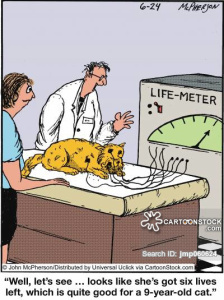
‘Well, let’s see… looks like she’s got six lives left, which is quite good for a 9 year old cat.’
Good news! Cats are living longer now. Better food and living conditions, keeping cats indoors, and an improved general understanding of cats have all played their part in stretching a normal cat’s life from 12 to 16 and even up into the 20s. There can be a downside to this increased longevity, however. Because cats lead safer lives, they are now more susceptible to the health issues that come with their extended years.
Arthritis: Like us, your cat’s joints stiffen and wear down after a lifetime of leaping up cat trees and jumping onto beds, tables, and counters. Arthritis is one of the most common ailments affecting middle aged to senior cats. Arthritis occurs when a joint is unstable causing the bones to move abnormally within the joint. Over time this abnormal movement erodes the cartilage and bone begins rubbing against bone creating chronic inflammation and pain.
Dental disease: Unfortunately, oral health is frequently overlooked and/or neglected even though roughly two-third of cats over the age of three suffer some degree of dental disease. There are several kinds of oral health issues including plaque accumulation, periodontal disease, stomatitis, FORLs, broken teeth, and tumors/growths. Cats with oral issues may find it painful to eat which causes problems of its own.
Hyperthyroidism: Hyperthyroidism is caused by overproduction of thyroxine, a thyroid hormone that increases metabolism in the body. The excessive hormone levels push the cells and body into overdrive, resulting in increased metabolism with concurrent weight loss, anxiety, and diarrhea, among other symptoms. Hyperthyroidism is the most common hormonal (endocrine) disease in the cat population, often seen in late middle-aged and older cats.
Diabetes Mellitus: Diabetes in cats is similar to type 2 diabetes in people: the blood sugar becomes elevated because the cat’s insulin is either ineffective or not produced in sufficient quantity. If not treated accordingly, it can become a life-threatening condition. The good news is that not all cats with diabetes need life-long insulin therapy, especially if diagnosed early and the blood sugar is stabilized quickly.
Chronic kidney disease: CKD is a leading cause of death in older cats. The condition is insidious because by the time a diagnosis can be made, kidney function has already declined considerably. Treatment can’t cure CKD, but it can slow the progression of the disease and greatly improve quality of life. Be aware that CKD has only one outcome which must be accepted with love and grace.
Other health issues affecting our senior cats include:
Cancer
Changes in vision and other eye abnormalities
Cognitive decline
Constipation
Deafness
Dehydration
Heart disease (e.g., cardiomyopathy)
Inflammatory bowel disease
Lung disease
Muscle wasting
Pancreatitis
We want our cats to live forever. We don’t want them to suffer or be in pain. When kitty is diagnosed with an illness, we are faced with many choices. Cats are not humans; they don’t understand the regimens of care. Giving medication is a traumatic experience for some cats. How far to take treatment is something that needs to be carefully considered.
Medications or a special diet is one thing, but what about the discomfort and expense of invasive tests or procedures? A colonoscopy? A biopsy? A heart transplant? Not only are these expensive, they are completely alien to our cats, and when anesthesia is involved, there is always a risk as well. Some vets, like some human physicians, will offer extreme measures to hang on to the thinnest thread of life. Keeping kitty comfortable and pain-free for as long as possible is a good measure when determining where to draw the line with tests and treatment. It will be up to us to make informed decisions.
Articles courtesy of PetMD – Photos courtesy of Pintrest


April 28, 2016
DOG-FIGHTING OUR WAY INTO HEAVEN

Lance the Vicktory dog
Michael Vick did us a favor. Us being the faction of society that believe harming an animal is as wrong as harming a person; that those capable of bringing hurt to animals are more likely to do the same to their own species; that human beings are not at the top of some pyramid point, looking down on all below, but part of the amazing circle of life. The Force, Yoda called it. Yes, we believe in the Force.
Because of his fame, Vick’s actions were well-publicized, though he was certainly not the only sports personality to take part in dog-fighting. It’s not like Vick woke up one morning and said to himself, I think I’ll start a pit-bull ring, and then told his buddies, and they said, Hey, Mike, what a great idea! and thus dog-fighting was born. No, dog-fighting goes back long before Michael Vick, to when we were a far more barbaric society. You can do the research if you want; I don’t feel the need. I know all I need to know – that dog-fighting is an abomination to animals, to people, and to God.
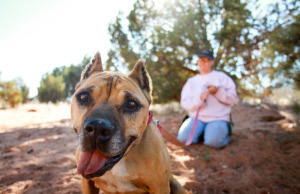
A smiling Georgia the Vicktory dog
So when the famed and beloved football personality was caught with his hands bloody, the news went viral. Everyone got to weigh in on their feelings about the blood sport. Feelings strongly favored the dogs, hapless victims of blatant human cruelty. Once the door onto those grisly games had been opened, change was required. Since that time, laws have been passed and social acceptance of such dealings terminated. Sure, somewhere assholes still do bad things, but they can no longer say they didn’t know it was wrong.
Best Friends Animal Sanctuary took many of the dogs into foster during the trials. All but 2 have new starts in loving homes, and those 2 were mandated by the court to remain at Best Friends for the remainder of their lives. One passed away in 2013. The other, whom I saw when I visited the sanctuary last summer, is loved and cared for, with walks and treats and whatever his little doggie heart desires.
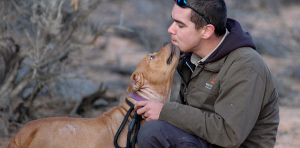
John Garcia and Vicktory Dog Meryl
Michael Vick is back to playing football. He says he has learned his lesson. He gives talks for the Humane Society of the United States about the odiousness of animal cruelty, and I hope he’s good at it and that those who hear him, listen. What would it be like to grow up with people who fight dogs instead of love them? Who think caring for a pet is unmanly? There are still children being raised with those outmoded standards. We who believe in the Force need to be advocates of compassion, ambassadors for empathy. It’s about helping the animals, but sometimes it’s about helping people too.
In April of 2007, 51 dogs were seized from the Virginia estate of football player Michael Vick. This week marks the 9th anniversary of that rescue.
Michael Vick’s 60 Minutes interview: I blame me August 2009
Best Friends: The brave, beautiful dogs out of Bad Newz Kennel
The Champions, a documentary


April 25, 2016
Cats Wander Plains After Tornado by by Catwoods
Here is the link to a wonderful story of personal tragedy and wandering cats. Thank you, Catwoods!
“Madame Curious, feral of flatland. She’s a gorgeously marbled classic tabby: The tall trees all went down in the tornado, on April 27th, 2011 at 5:13 pm. My late Mom’s cat Tiger was ter…
Source: Cats Wander Plains After Tornado


April 22, 2016
BOOK GIVEAWAY for COPY CATS by Mollie Hunt
I’m running an Amazon Giveaway for Copy Cats, #2 in my Crazy Cat Lady mystery series. Beginning today, April 22, and running through April 26, you can get Copy Cats free.
From the back cover:
If your cat told you there was murder afoot, would you believe him?
When cat-lady Lynley Cannon attends a workshop on animal communication– the psychic kind– she never guesses it could lead to a scheme both conniving and deadly. Someone is counterfeiting show cats, but that’s not the worst of it. Their techniques are savage and abusive, and Lynley must find the culprits before they do more harm. To compound matters, there’s a serial killer loose in Portland, mangling his victims with a gruesome cat-like claw. The crimes are connected, taking crazy to a whole new level.
Take advantage of this free offer to catch up on cat lady Lynley Cannon’s latest exploits before #3, Cat’s Paw (or perhaps Cat Shadow – what do you think?) comes out in August. Happy Reading!
Note: There is a catch, but not really. Book friends, can you do me a huge favor? I need 10 good reviews for a Fussy Librarian promotion. If you read Copy Cats and like it, please write a review on Amazon. It can be fast and simple such as “I liked it.” Thank you and thanks for supporting independent authors.

Incognito by Leslie Cobb, Cat Artist


April 21, 2016
Populating Fiction By Elizabeth Engstrom
Last weekend, I had the opportunity to take a workshop with Elizabeth Engstrom at the Oregon Writers Colony Annual Conference. I always look forward to the conferences at the historic Sylvia beach Hotel in Newport, Oregon. They are all different, all illuminating, but this one, “Assembling the Skeleton of Your Novel,” came at the perfect time for me. Elizabeth did a great job of condensing her 5-day class into a power-packed few hours. Read more of her insights here:
It’s stating the obvious to say that the characters are the most important element of a story. But most writers, particularly beginners, don’t spend enough time designing the …
Source: Populating Fiction


April 16, 2016
ALZHEIMER’S: MEMORY AS WATER
**If you have a loved one with dementia and you don’t have time to read this blog, skip to the end links for invaluable information on how you – the friend, family member, or caregiver – can survive this insidious disease.
My father was diagnosed with Alzheimer’s disease in 1995. At that time, the diagnosis was made from an extrapolation of symptoms, a process of elimination, and an educated guess. Now they have more sophisticated tests, but the outcome is the same: a sentence of decline, debilitation, and death.
We first noticed my father’s change in mental status when he could no longer balance his check book. He would get excessively frustrated about it, another symptom of Alzheimer’s. He was given a medication that would slow the effects, and he lived another 10 years, some of which was quite wonderful.
There were bad times too, when he struggled to express himself; when I’d come in to find it had gotten worse; when the need for adult diapers could no longer be avoided. Like all diseases, Alzheimer’s is the great equalizer, leaving both kings and paupers (and ex-presidents) a shadow of their former self.
I had a lot of help with his care. He was in assisted living so our time together was quality time. One of our favorite things to do was look at old photo albums and the hundreds of color slides he had taken as an amateur photographer. The slides went back to 1939! In those moments, he would remember names, places, and events as if they were yesterday. We also watched movies, usually old, usually ones he had seen when he was younger. Again his memory was spot-on, recalling actors’ names and even other parts they had played.
Here’s what I learned:
Never argue. The person is living in the moment and what you told them a minute ago is gone as if it had never been. Their perception is based on a different plane than ours. If they say the sky is green, you answer with a smile, “Oh? Tell me about it.”
Keep the mood happy: Dementia sufferers are sensitive to the moods around them. If you are stressed, negative, or depressed, they can sense it, and often, like a child, take it personally, wondering what they did wrong. Your positive mood may be their lifeline to a happy mood for themselves.
Distraction: When the person gets off on a tangent, you can gently guide them to another, more pleasant subject. Sing a song, watch a movie, or look at pictures. Rather than conversation, which may be hard for them to follow, try using the senses. “Look at the squirrel outside the window”, “Smell the chocolate pudding”, “Feel how soft this fleece blanket is!”
Avoid questions. Questions can be confusing, and the search for an answer, frustrating.
Say one thing at a time.
Don’t worry about small problems.
Be Always in THEIR world.
Think ahead: If a diagnosis of dementia is made, begin to form a plan now, because things will change, and not for the better. Alzheimer’s and dementia are scary as hell, but you can still find happiness by reaching out for help, learning all you can, and hearing about how others managed to cope.
The best reference on real life dementia, written by a geriatrician and a caregiver: Help is Here: When Someone You Love has Dementia by Dr. Marian O. Hodges and Anne P. Hill
Fact Sheet : Caregiver’s Guide to Understanding Dementia Behaviors by Family Caregiver Alliance
Communication Strategies for Dementia by Jeff Anderson


April 14, 2016
LESSON FROM THE 107 YEAR OLD MAN
Today would have been my father’s 107th birthday.
He was German.
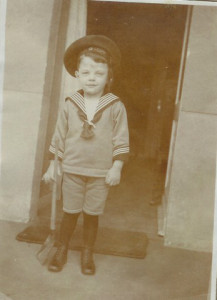
1914
He risked his life to leave Berlin and come to New York City during Hitler’s rise to power.
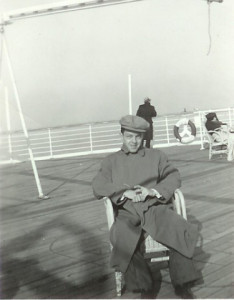
1937
When the U.S. entered World War II, he joined the American army and was sent to the Philippines.

1942
He always retained a slight accent though he couldn’t hear it himself. There must have been prejudice. There had to have been prejudice. And after the war, that prejudice must have carried on for decades.
Anyone who knew my father knew he was a gentle, intelligent man, but those who pre-judge by an accent or an origin would have been cruel.
I never saw prejudice, never heard stories of ill-will or bigotry. Never heard resentment in my father’s tone. But I have come to know people, how harsh they can be, and looking back as the adult I am now, I know that discrimination must have been lurking in the sidelines for most of his life.
My father raised me to judge people on their own merits, or better yet, not to judge them at all. He was always fair, kind, thoughtful, and optimistic. He would be sad that we still haven’t learned the lesson of tolerance, but he would have been hopeful – no, confident – that someday we will.
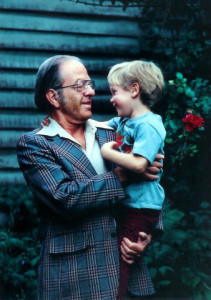
1980


April 12, 2016
DREAMLAND POEMS 1 & 2
Dreamland 1
Dreams float
just beneath the surface,
obscured by
the reflections of today.
Dreamland 2
Dreams linger
at the edge of my consciousness
like scenes in my peripheral vision
as I speed along the road:
When I finally register
their importance
in my rearview mirror,
they are far behind me,
impossible to see.


March 29, 2016
LIFE STAGES: WHEN YOUR KITTY GETS OLD
What happened? It seems like only yesterday my cats were young, playful, and ready to take on the world. Now even Little, the baby of the bunch, is going on 10. Big Red, the stray I rescued at age 4 to 5 is now thought to be older than we surmised, putting him up around 12. Tinkerbelle was 10 when she came to me – never a kitten though thoroughly kittenish in spirit – but that was 5 years ago and now she’s turning 15. They all qualify as senior cats, and as such, require a different regimen of care.
I am a senior, too, and have a lot of sympathy for the concerns of the elderly (of any species). As we age, our bodies don’t work as well as they used to. We get diseases such as diabetes and kidney problems; we have pain in our joints. Some of us have dental issues. And let’s not forget those pesky bowel issues: diarrhea and constipation – if we don’t have one, we probably have the other.
As humans, we make the choice to go to the doctor, take our medication, get our prescribed exercise (usually), and age as best we can. For our kitty companions, we need to do it for them. Cats are stoic. Often they don’t show signs of an illness until it is far advanced. Yearly or twice-yearly vet visits are strongly suggested because a vet can see the symptoms that our cats are so good at hiding.
Caring for senior cats is essentially the same as caring for any cat – pet, love, play, make them happy – but you may find that keeping them healthy and comfortable becomes increasingly hands on.
Food: As cats age, they can get picky about their food. A change in appetite may be a sign of illness or dental problems, or just a new formula snuck into your customary cat food. (Purina doesn’t tell you when they switch up the ingredients in your old tried and true.) There are many tricks to get kitty interested in eating again: new food, a different food station, or petting as she eats, to name a few. There has been some success with acupuncture, and appetite stimulants may be available through your vet if things get dire. Though different illnesses call for different diets, the most important thing is for kitty to keep eating.
Water: Changes in water consumption are very common with aging cats. Drinking a lot of water can indicate a problem such as diabetes, hyperthyroidism, or kidney disease. Vomiting and diarrhea take moisture from the body, requiring compensation in the form of water intake. In all those cases, a trip to the vet is in order. Though canned food provides some needed moisture, fresh water should always be readily available for our cats. You don’t need a fancy fountain, but it’s good to have more than one place for kitty to get water since the bowl by the food may be overlooked in favor of the meal. We have a set of Mexican glassware on the coffee table for our cats. Snazzy!
Exercise: Aging kitties still need to get their heart racing once in a while. Even Tinkerbelle with her heart murmur is better off having a good run with her sister than just lying around all day. One of the best sources of exercise is another cat, but it’s easy to be a stand-in. Ten minutes a day with a string toy or chaser such as Da Bird is all it takes. Providing toys for kitty to play with on her own gives her resources for both entertainment and exercise.
Comfort: An elderly cat deserves to be comfortable. Besides health, she may need a few little extras to make her a happy cat.
Warming: There are several types of heating pads and heated beds you can get for your cat. (Since most are electric, make sure that it’s from a reputable maker) Besides being cozy, heat helps ease arthritis and stiffness. Put the pad somewhere with a nice view and watch the ahhh!
Grooming: An elderly cat may not groom as much as a young one. It may be lack of mobility – if you’re over 56, the human equivalent to a 10-year-old cat, you try bending around backwards and see how far you get! Daily brushing will help your cat stay clean. Combing out or removing any mats in the fur will make her more comfortable, too. For longhaired cats, a “sani-cut” (trimming around the anus) may be helpful, but don’t do it yourself – this area is very sensitive and should only be clipped by a trained professional.
Litter pans: As cats age, they may not be able to step over high-sided litter pans, or once in, to squat as proficiently as they used to. A low jumbo pan will give them more space; a pan made from a tote with an entrance hole cut into the front keeps urine from spraying outside if kitty can’t squat.
Stairs: A set of steps or a ramp to the couch, bed, or other favorite hangout can make a big difference in quality of life. If your cats are as adamant about sleeping on the bed as mine, you need to make sure they can safely get up there. When I got my set of pet steps, I was worried my cats wouldn’t use them, but I was wrong! It took a little while and some catnip rubbed into the fleece covering, but now all 3 use the steps. You might consider adding the steps before the cat really needs them to give time to get used to the new object in the house.
This is only a brief overview of things you can do for your senior cat. You know your cat best, and different cats have different needs. But when kitty’s pushing the double-digit years, the time of taking your cat’s comfort for granted are behind you. Louise Mesher, DMV says: “Most senior and geriatric cats are hiding something that can be addressed to make them feel better or to enjoy their lives more… There is nothing better than a sweet old cat!!!”
Click for the International Cat Care organization comparative age of cats to human age. The International Cat Care life stages:
Kitten, from birth to six months
Junior, from six months to two years
Prime, from three years to six years
Mature, from seven to ten years
Senior, from eleven to fourteen years
Geriatric, from fifteen years and older




